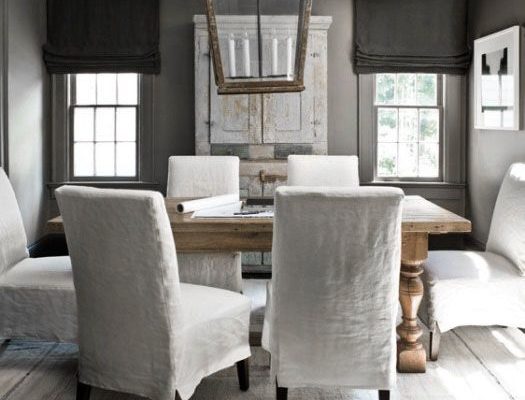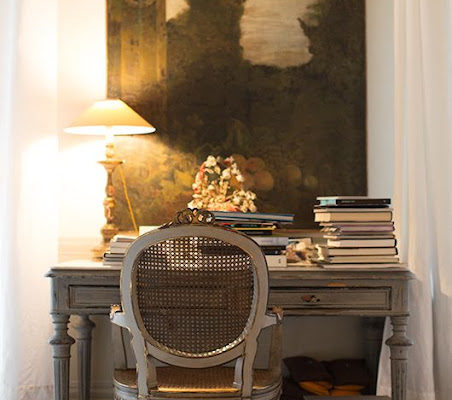The Joy of Nesting blog covering an elevated lifestyle with a focus on interior design, wellness, gardening, self-development and entertaining since 2010.
RECENT POSTS
SUBSCRIBE
Email Address
First Name
Become an insider and receive weekly advice & tips on interior design, wellness & motivating mindset help.

